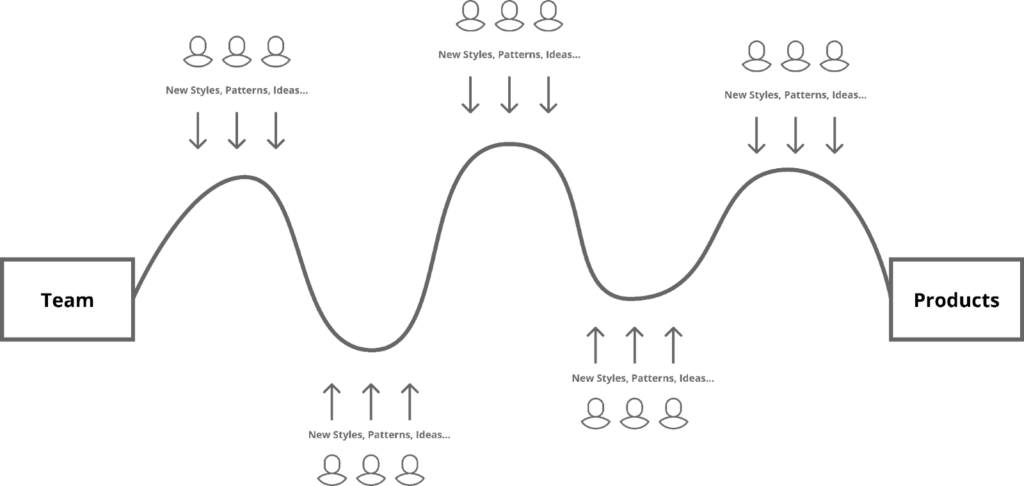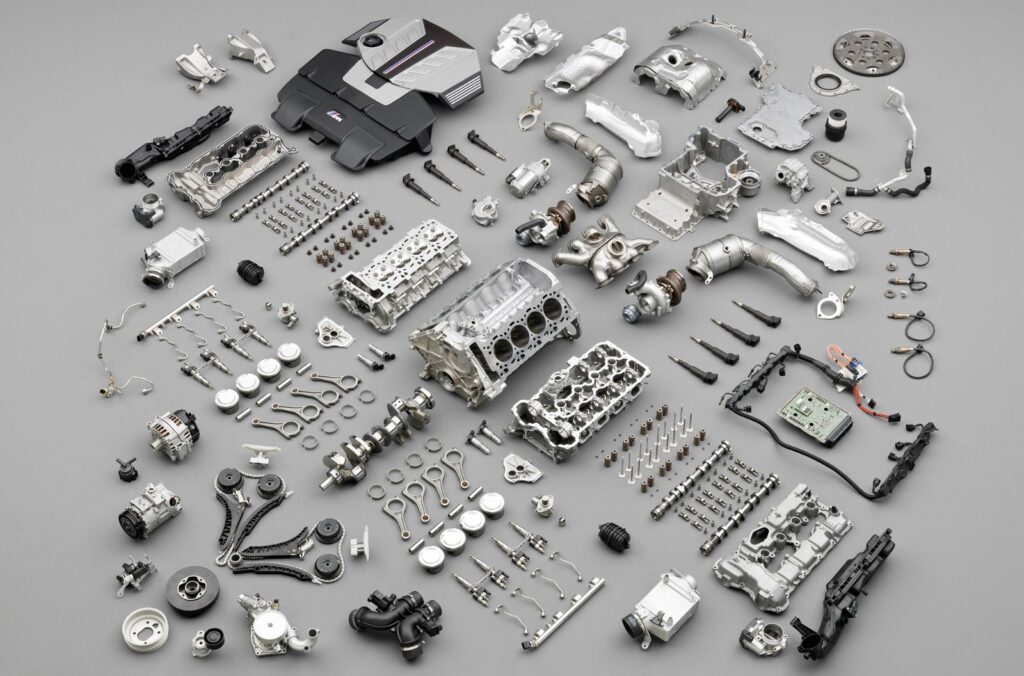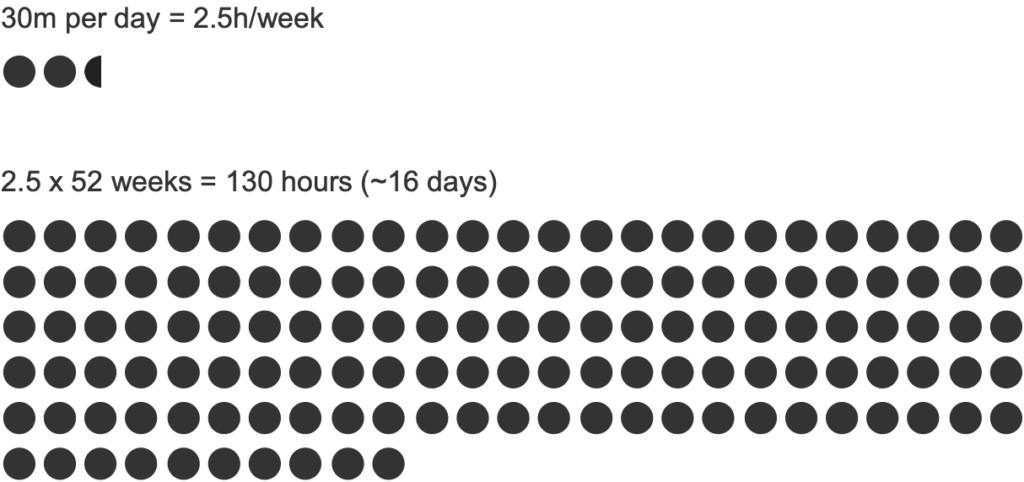Accessible, intuitive, and end-to-end
As companies grow in the digital space, they need to build scalable, robust, and intuitive solutions. A design system will enable teams to build these solutions faster, more efficiently, and consistently. Design systems can take the pressure off by allowing teams to focus on solving customer, not pixel problems.
Do you have a problem?
- Are you forever searching for the right solutions?
- Do you always have enough time to deliver a quality product?
- Do your interfaces share the same design patterns, colours, typography
and other styles? - How much time do you spend hand-holding developers?
- How much time and money do you spend on redundant design or
code tasks?
Just one of these makes the creation of the design system worthwhile.
Creating consistent experiences
Teams tend to grow organically, each with various goals, outputs, and outcomes that could create siloed experiences for our users. Without a single source of truth for the experience, users will gradually experience fragmented moments (snowflakes) during your product, creating cognitive dissonance as your users try to understand how your product actually works.

Let's imagine we're designing a house. If we had different teams working on each room separately with a single vision, each time your user went into a room, they could have to relearn how to open the door, turn on a light switch, open a window, etc.
Each room makes it difficult for our users to use, which leads to disorientation, confusion, and frustrations that lead to many pain points. The philosophy of the whole needs to flow into the many. Each room needs to be constant but have its own purpose. e.g. a bathroom vs a bedroom

Teams building features or products need a guidebook to understand the principles, standards, rules, and atomic elements for creating experiences. We're creating a guidebook and tool to help these teams make design decisions to produce fluid experiences.
Time-saving
Are your designers and developers spending time asking the following questions?

Let's say that these questions cost them about 30mins (a best-case scenario) of time each day.

These questions cost the designer or developer about 16 days, with each time having to spend more and more time creating the foundations for each solution that will at some point create these fragmented experiences between parts of your product.
Cost-saving
As a designer, I don't generally talk about cost; it's all about how I can create solutions for user problems. But the price can really help communicate to the business how a design system can help save money.
Let's talk about the above example to illustrate cost. If we use a simple formula:
rate * wasted-hours * number-of-people = total waste
If we say the average cost for designers or developers is about $75 USD per hour and for a team of 100 designers and developers, that means:
75 x 130 x 100 = 975,000
Approximately $1m USD is wasted on questions and decisions each year on areas that a design system can answer.
Creating outward effects
We're not just creating a resource for solving problems, creating a product, or trying to save time/money. This is about creating a guidebook and a tool that can create an outward chain reaction that improves design maturity amongst your peers and teams when more people learn about its advantages through projects (more about this in part 3).

No Comments.